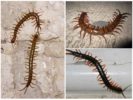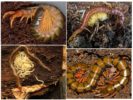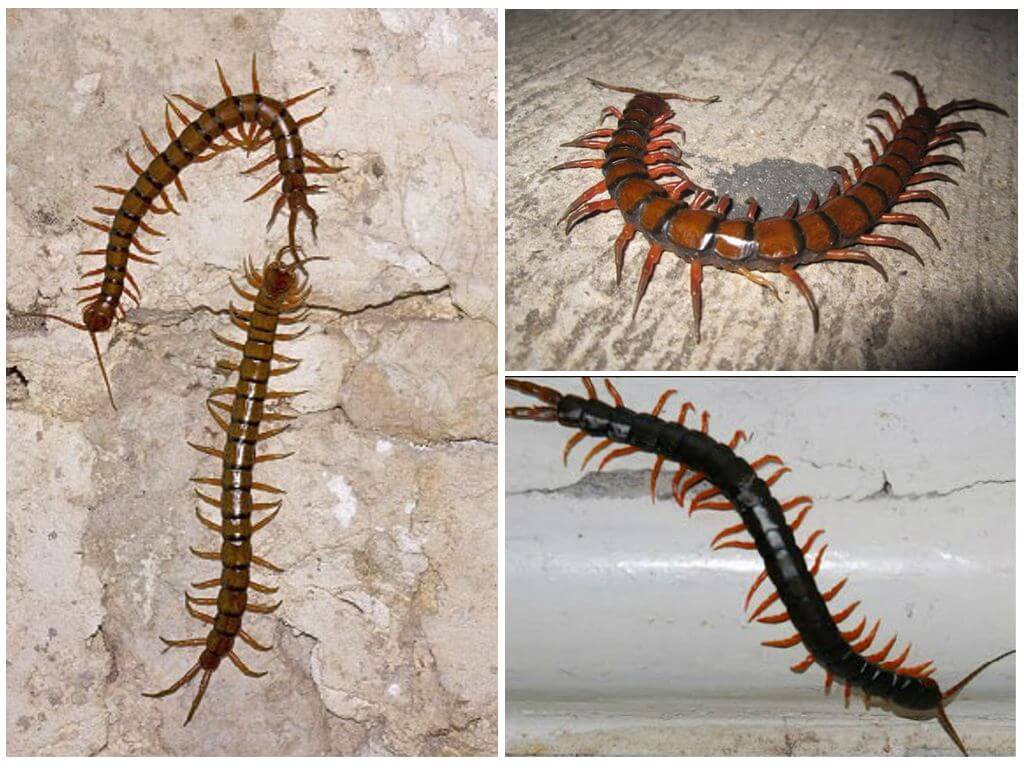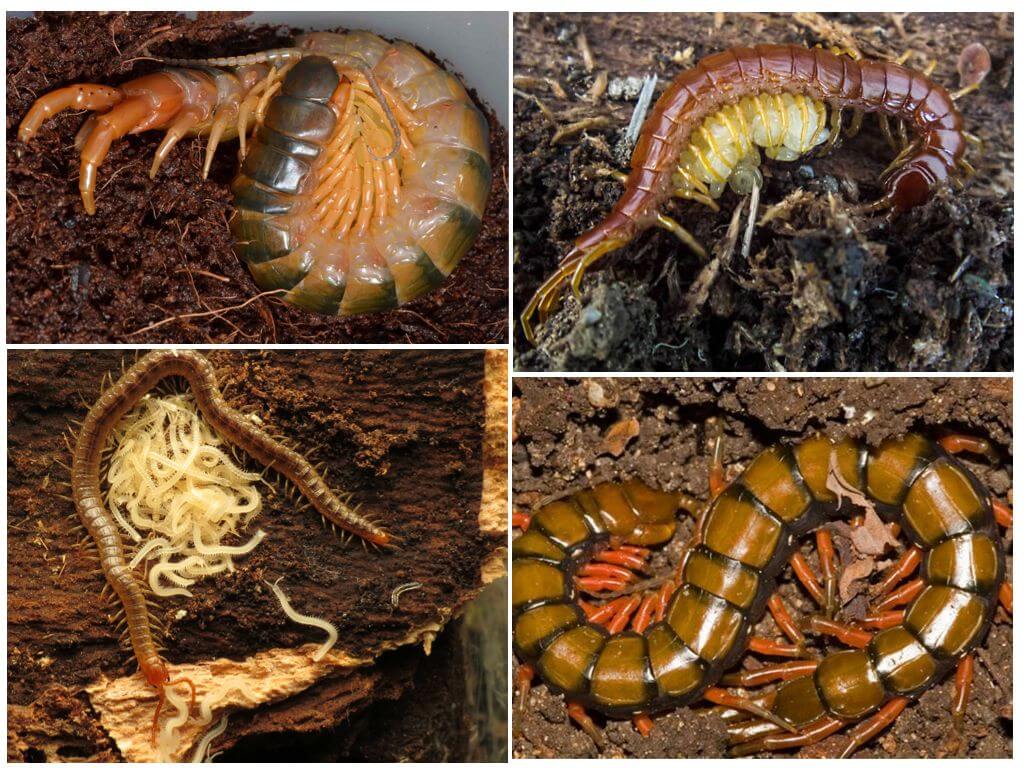- Scolopendra in the Krasnodar Territory
- Millipede reproduction
In nature, there are many poisonous creatures, the bites of which can cause a lot of problems to humans. Ringed scolopendra in the Krasnodar Territory is a vivid example of this. It can be found in Anapa and Sochi, Crimea and Novorossiysk are no exception. Few will appeal to this rather large creature. She doesn't look like at all homemade scolopendra. You can learn about the features of the structure and lifestyle of millipedes from this article.
Description
The ringed scolopendra is quite large in size 10-15 cm. The color of the surface of the body varies from brown-yellow to olive tones. The moving body consists of many joint joints, thanks to which the individual has special flexibility.
The scolopendra is moved using countless continuously moving legs with a caustic-orange color. Each leg ends with a sharp spike containing poison. The internal cavity of the millipede is also filled with toxic substance, and therefore it is undesirable to contact it. If the arthropod creeps along the bare skin of a person, he will have severe irritation.
Interesting!
A pair of legs located on the head also acts as a jaw. The eyes of millipedes are not distinguished by sharp vision, they distinguish only bright light and darkness. It is this reason that explains their extremely cautious behavior.
The antennae of the millipedes consist of approximately two dozen segments, some of which can glow. A photo of a scolopendra living in the Krasnodar Territory is presented below.
Lifestyle
Ringed scolopendra belongs to predators. It feeds on spiders, mollusks, larvae, bugs, wasps and flies. Scolopendras are active at night, setting off in search of food. Having tracked the prey, the predator catches up with it, plunging into the body with its tenacious front legs. After that, the jaws containing a toxic substance are used.
During the day, the scolopendra hides in damp places; driftwood, stones, logs and crevices can serve as a shelter. Therefore, quite often with a millipede, tourists meet when setting up a tent. Moreover, the first scolopendra does not attack, it tries to leave the dangerous area as soon as possible.
However, not everything is so cloudless - a centipede is capable of causing serious health problems to a person sleeping in the open if he crawls into his open mouth or nose.
Important!
The mucus secreted from the legs of the scolopendra causes acute inflammation of the nasal sinuses, which may be accompanied by bleeding, pain, general malaise, and even a nervous system disorder.
Therefore, in order to avoid night collisions with a predator in the lap of nature, it is preferable to relax in tightly closed tents. And to make sure there are no uninvited guests in the shelter, it is necessary to carefully examine it before going to bed. Inspection of things and backpacks is also required. Attention should be paid when collecting brushwood.
Breeding
Millipedes mate in the second year of life. When copulating, the male forms a cocoon in his last pair of legs on his last segment, in which seminal fluid is collected. The approaching partner draws this spermatophore with her genital opening.After which after several months the female lays eggs. In one clutch there can be up to 120 eggs. During their maturation, the female is nearby, placing future offspring between her many legs.
Interesting!
After 2-3 months, young worms appear, which the female sometimes uses as food. However, the opposite situation is possible, when the offspring eats its own mother.
The lifespan of scolopendras in nature is not precisely established. The age of captive insects is about 7 years.







